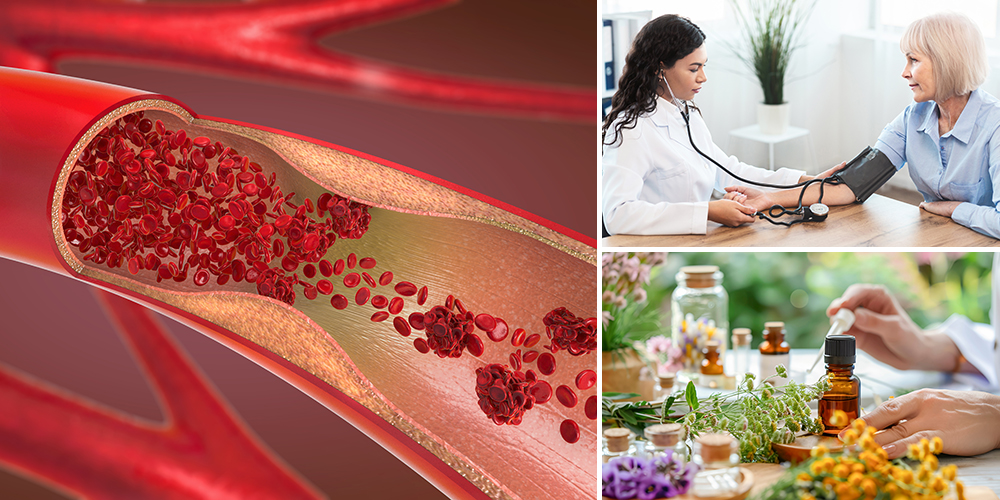
How to Thin Your Blood Naturally
Here’s something your doctor probably won’t tell you: the solution to dangerous blood clots might already be sitting in your spice rack.
Every year, countless people face the same troubling choice: pop synthetic blood thinners with their laundry list of side effects, or risk their cardiovascular health. But what if there was another way? What if the herbs and spices you’ve been cooking with for years hold the power to naturally thin your blood and protect your heart?
The truth is, they do. And science backs it up.
Why Your Blood Needs These Natural Allies
If you’re over 50, post-menopausal, or simply concerned about your heart health, listen up.
Thick, sticky blood forms clots that can block arteries, trigger strokes, and steal years from your life. While pharmaceutical blood thinners work, they often come with bleeding risks, regular blood tests, and dietary restrictions that turn every meal into a minefield.
Nature offers you something better; gentler, safer, and hiding in plain sight.
Your Arsenal of Natural Blood Thinners
Now, I’m going to walk you through the most powerful blood-thinning herbs and spices that nature has to offer. You can use many of these on their own in your daily cooking, but the real magic happens when you combine them strategically.
That’s how you create potent remedies like the Arterial De-Clogger or the Circulation-Boosting Turmeric & Cayenne Balm, formulas that work synergistically to keep your blood flowing smoothly and your heart protected. Keep reading to find out these recipes.
Cinnamon
Here’s a fascinating fact: warfarin, one of the most common prescription blood thinners, was originally derived from coumarin—and cassia cinnamon is loaded with it. You’re essentially getting a natural version of the drug doctors prescribe, minus the harsh side effects.
A 2016 review confirms cinnamon’s compounds reduce platelet aggregation, keeping your blood flowing smoothly. Just don’t overdo it—cassia cinnamon in extremely high doses can stress your liver.
Your move: Sprinkle cinnamon on your oatmeal, stir it into coffee, or add it to roasted sweet potatoes. A teaspoon daily is both safe and effective.
Ginger
That spicy kick you love in your tea? It’s fighting clots while it warms you up. Ginger contains natural salicylates (the same active compounds found in aspirin) and actively reduces thromboxane, a hormone that tells your blood to clot.
Studies confirm ginger’s anti-platelet effects help prevent those sticky platelets from binding together. Unlike harsh medications, ginger soothes inflammation throughout your body while protecting your circulation.
Your move: Start your morning with fresh ginger tea (slice a 1-inch piece into hot water), or grate it into your smoothies and stir-fries. Your heart will thank you before lunchtime.
Garlic
You’ve probably heard garlic is good for you, but do you know why? Research shows garlic literally changes how your platelets behave, preventing them from clumping together and forming dangerous clots. One clinical trial found that high-dose garlic significantly increased bleeding time—proof it’s actively working to keep your blood flowing freely.
The magic lies in garlic’s sulfur compounds (allicin and ajoene), which act remarkably like low-dose aspirin. Animal studies confirm it prevents clots, and human trials show it lowers blood pressure while producing mild antithrombotic effects in people with hypertension.
Your move: Crush 2-3 raw garlic cloves and add them to your salad dressing or pasta sauce daily. Let crushed garlic sit for 10 minutes before cooking to activate its most powerful compounds.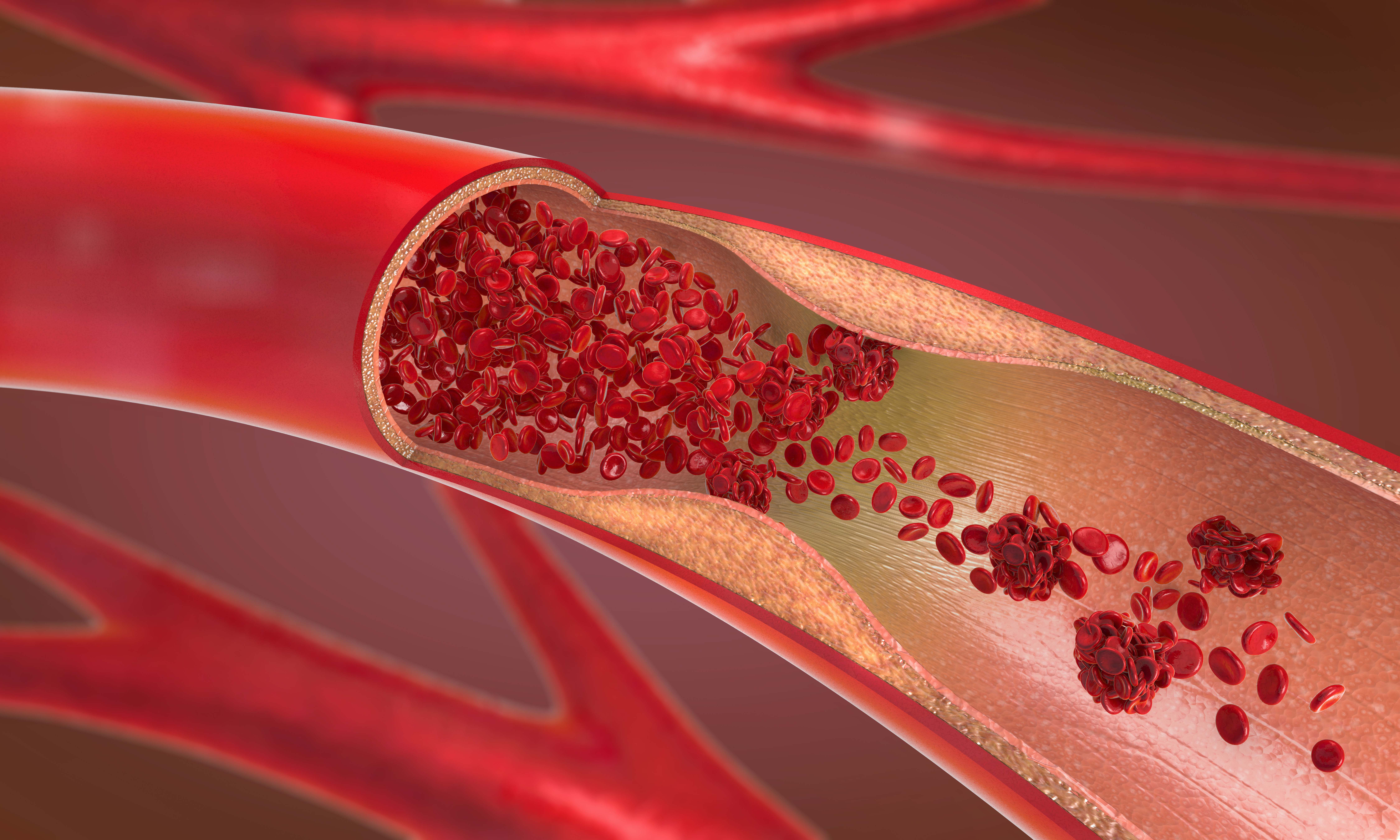
The Best Arterial De-Clogger Containing These 3 Ingredients
This is one of the most requested remedies from my cardiovascular collection. The Arterial De-Clogger is beautifully simple: just cinnamon, ginger, and garlic working together to target plaque buildup and improve blood flow to your brain and heart.
I’ve seen people feel the difference within weeks. Warmer hands and feet, clearer thinking, and more energy throughout the day. 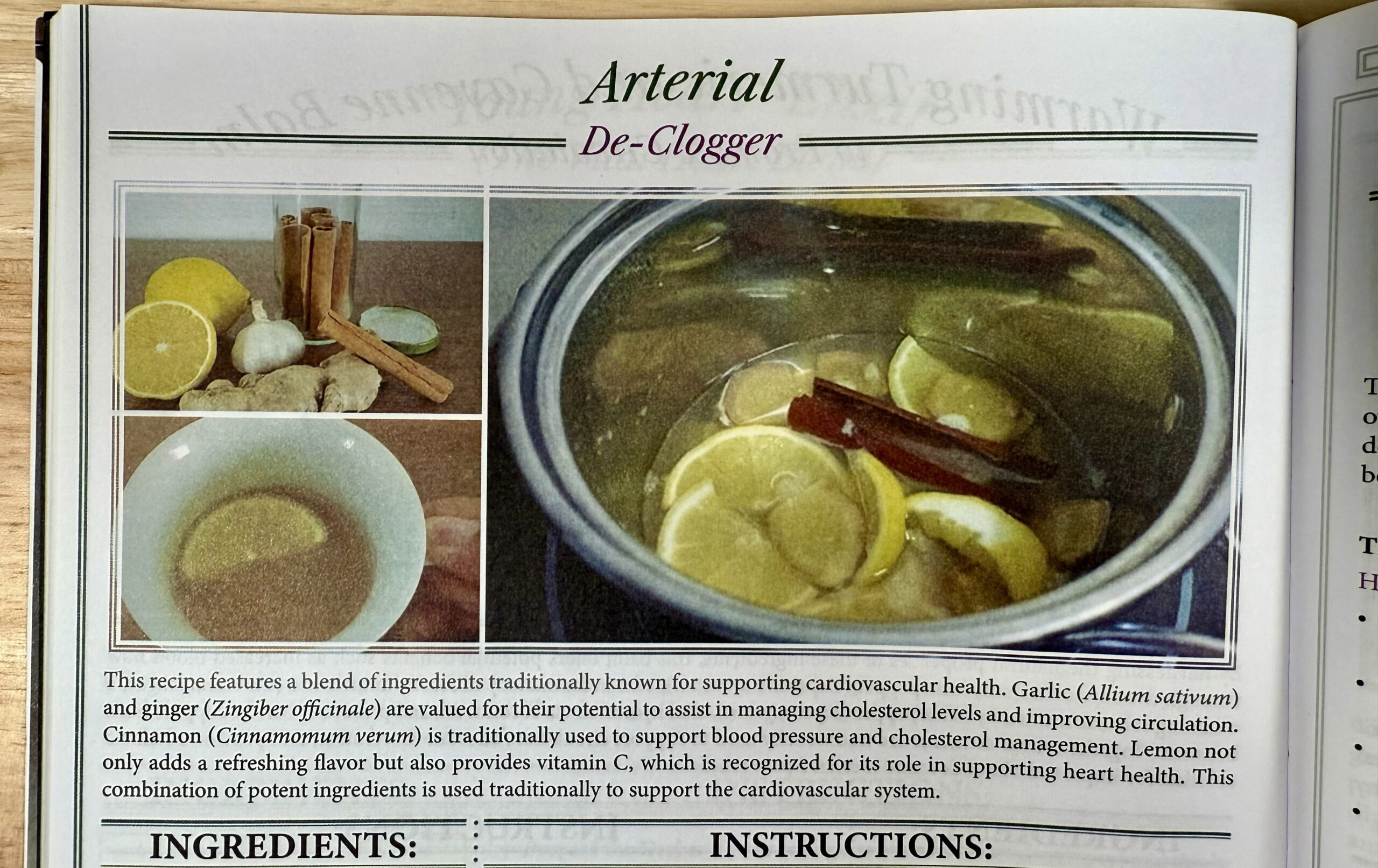
The ingredients cost about 50 cents per serving. Now compare that to cardiovascular supplements at the health store that run $30-50 a bottle and often contain synthetic compounds your body barely recognizes.
Here’s the complete recipe with the exact ratios and step-by-step pictures so you can start making it today. You’ll also discover the recipe for Circulation-Boosting Turmeric & Cayenne Balm, plus nearly 300 other powerful herbal remedies you can make at home.
Let’s move on to the next herbs and remedies.
Ginkgo Biloba
You know ginkgo for brain health, but here’s what makes it exceptional for circulation: its unique compounds called ginkgolides block platelet-activating factor (PAF)—the chemical that makes your platelets dangerously sticky. Studies show ginkgo extract dose-dependently inhibits platelet clumping induced by ADP and collagen, while increasing platelet cAMP levels that keep blood flowing smoothly.
This multi-pathway action is why ginkgo works so well, but also why you need to respect it. Stop ginkgo 1-2 weeks before any surgery or dental work to avoid excessive bleeding.
Willow Bark
Before pharmaceutical companies synthesized aspirin, your ancestors chewed willow bark. It contains salicin, which your body converts to salicylic acid—aspirin’s natural cousin. Clinical trials confirm that 7 days of willow bark extract significantly lowers platelet clumping, though more gently than pharmaceutical aspirin.
For those who can’t tolerate regular aspirin’s stomach upset, willow offers a friendlier alternative. Take enteric-coated forms with food for best results.
Dong Quai
Traditional Chinese medicine has treasured Dong Quai for centuries, especially for women’s health. Now science reveals why: it contains natural coumarin derivatives and ferulic acid that inhibit platelet aggregation triggered by ADP and collagen. Its ligustilide compound relaxes blood vessels while deterring platelet clumping—a perfect combination for healthy circulation.
Women struggling with circulation issues post-menopause often find Dong Quai particularly beneficial, though anyone can harness its power under proper guidance.
Turmeric
That vibrant yellow spice isn’t just for curry. It’s a cardiovascular powerhouse. Curcumin, turmeric’s active compound, doesn’t just prevent clots; it actually promotes fibrinolysis, meaning it helps your body break down clots that are already forming.
A 2022 analysis found curcumin helps prevent atherothrombosis and dangerous embolic clots (when a clot breaks loose and travels to block another vessel—often with fatal results). Research shows it’s both anti-inflammatory and anticoagulant, giving your blood vessels a double layer of protection.
Your move: Mix a teaspoon of turmeric into warm milk with honey and black pepper (the pepper helps your body absorb curcumin by 2000%). Drink this “golden milk” before bed for maximum benefit.
Cayenne
Love spicy food? Your heart does too. Cayenne pepper’s capsaicin exhibits both antiplatelet and anticoagulant activity, meaning it attacks clot formation from two angles. It also reduces LDL oxidation, keeping your blood vessels healthy and clear.
Medical journals confirm that capsaicin slows clotting while promoting overall vessel health. Even a small amount makes a measurable difference.
Your move: Add a pinch of cayenne to your morning eggs, soups, or even hot chocolate (yes, really, it’s a Mexican tradition). Start small if you’re heat-sensitive and build up gradually.
Look, I get it. You’re busy. Crushing garlic, grating ginger, and measuring turmeric every single morning isn’t realistic for most people. Life gets in the way, and before you know it, weeks have gone by without taking care of your heart.
Here’s what I’ve learned after years of teaching people about herbal medicine: the best remedy is the one you’ll actually take consistently.
That’s why I’m grateful Nicole’s Apothecary exists. Nicole has been formulating herbal remedies for over 15 years. She’s the herbalist other herbalists trust with their own families. Her Heart Tincture combines the most powerful cardiovascular herbs we just talked about: hawthorn, cayenne, garlic, and ginger, professionally extracted and properly dosed.
Two droppers under your tongue, twice a day. That’s it.
What I see happen consistently: people’s blood pressure readings stabilize. Their circulation improves, cold hands and feet warm up. Their doctors note better cardiovascular markers at checkups. Not because these herbs are magic, but because they’re finally getting consistent support instead of sporadic attempts that peter out after a few weeks.
Get the Heart Health Blend here and make heart protection as simple as brushing your teeth. Because consistency beats perfection every single time.
Feverfew
If you’ve used feverfew for migraines, you’ve already experienced its blood benefits. Feverfew contains parthenolide, which blocks the release of serotonin and thromboxane from platelets, essentially calming down platelet activity. This is partly why it works for migraines: better blood flow in brain vessels means fewer headaches.
Beyond headache relief, you’re simultaneously supporting your cardiovascular system. That’s the beauty of herbal medicine: one plant, multiple benefits.
Saffron
The world’s most expensive spice earns its price. Saffron‘s carotenoids (crocin and crocetin) demonstrate remarkable ability to inhibit platelet aggregation while protecting platelets from oxidative stress. Lab studies show it may even inhibit certain coagulation factors, though human data is still emerging.
Use culinary amounts in rice dishes, teas, or golden milk. A little saffron goes a long way. Both in flavor and cardiovascular protection.
Important Safeguards (Please Read)
These natural blood thinners are powerful, which means you need to use them wisely:
- If you’re on blood thinners: Talk to your doctor before ramping up these herbs. Combining them with prescription anticoagulants can increase bleeding risk.
- Before surgery: Stop taking concentrated herbal supplements 1-2 weeks before any procedure. Your surgeon needs to know what you’ve been taking.
- Moderation matters: Use culinary amounts. Don’t megadose thinking more is better. These herbs work through consistent, daily use, not extreme quantities.
- They’re preventive, not emergency treatments: These herbs reduce your risk of future clots and support circulation. They won’t dissolve an existing clot or replace medical care if you’re high-risk.
Here’s the thing about working with powerful herbs like these: knowing what to use is only half the battle. You also need to know when to use them, how much to use, what they look like in the wild, and which plants to avoid completely.
That’s exactly why I joined The Lost Remedies Academy. I needed, and everyone needs the complete plant knowledge before you ever make a single remedy. Inside the Academy, you’ll learn:
- How to correctly identify medicinal plants in the field (and distinguish them from dangerous lookalikes)
- The best time of day and season to harvest for maximum potency
- Exactly how to prepare each remedy, with videos showing every step
- Which herbs interact with medications and when to avoid them
- The proper dosages and how long remedies stay potent
This is how you will become confident and self-sufficient with plant medicine. When you understand the why behind each remedy, you’ll never second-guess yourself again.
Join The Lost Remedies Academy here and let me walk you through everything, step by step, just like your grandmother would have taught you.
You don’t need a prescription to start protecting your heart today. Your kitchen already holds everything you need to naturally thin your blood, improve circulation, and reduce your clot risk.






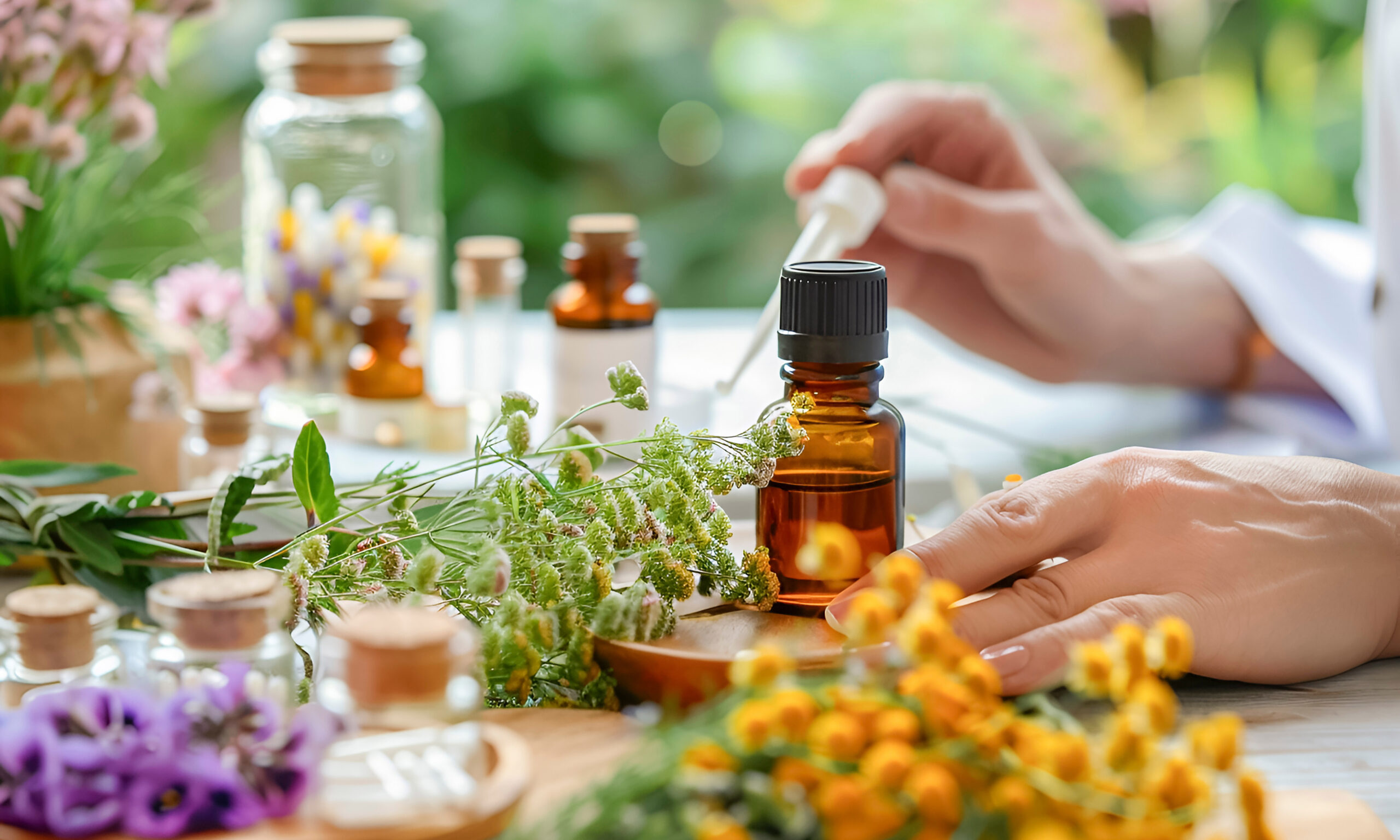


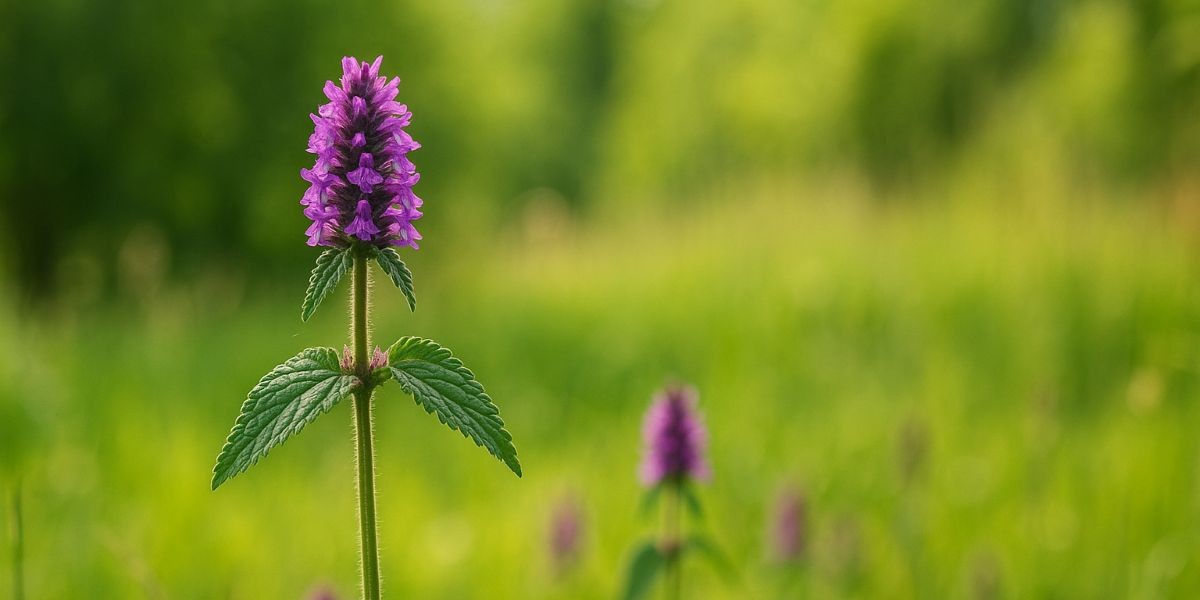
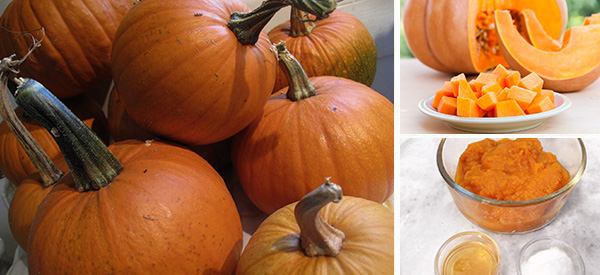

I always get a big kick out of Nichole’svmassuve genuine SMILE!
The links to recipes go to a purchase page for the new book.